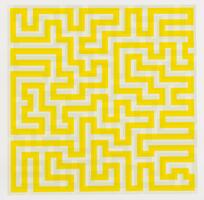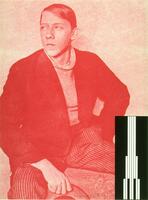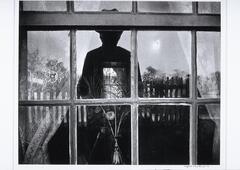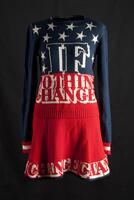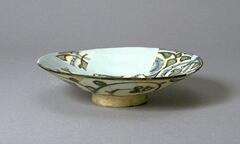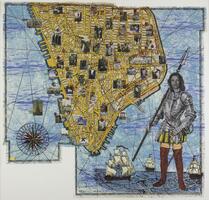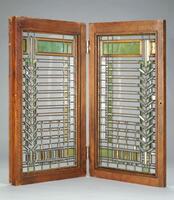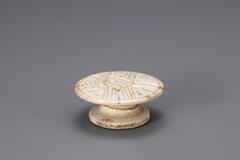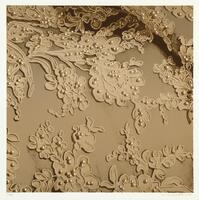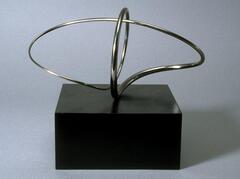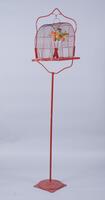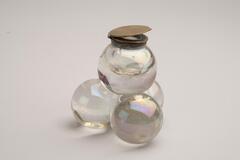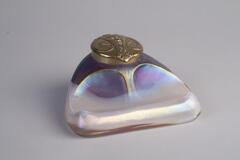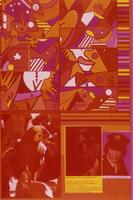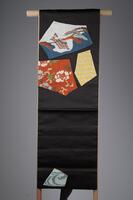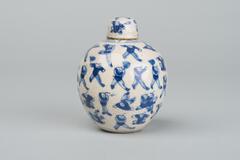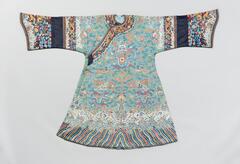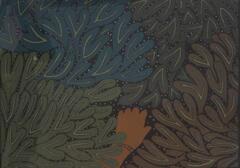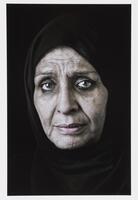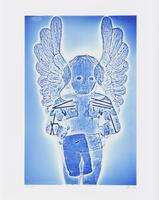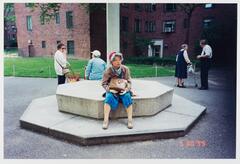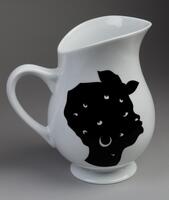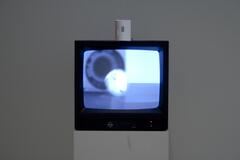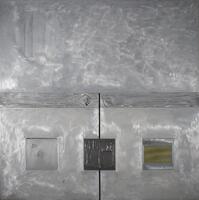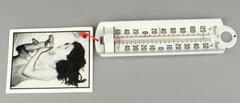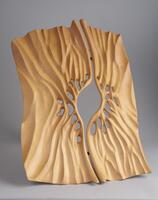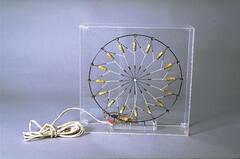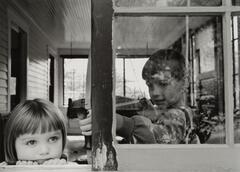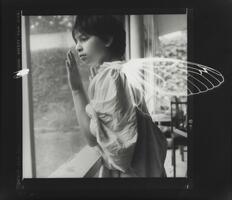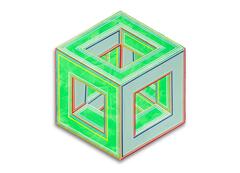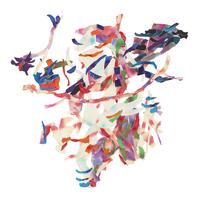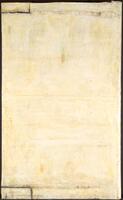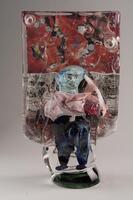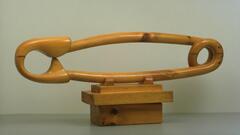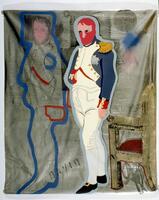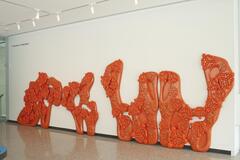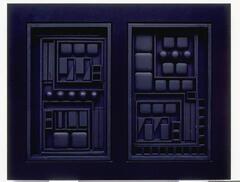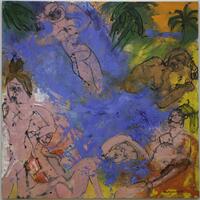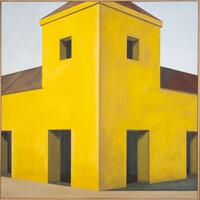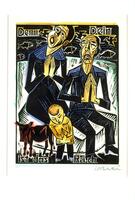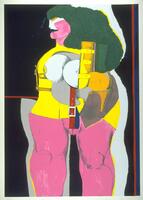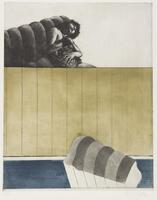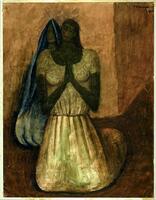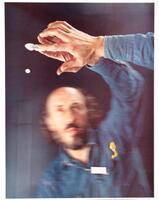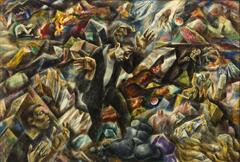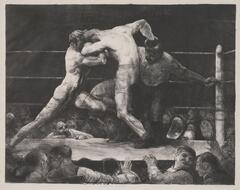Superior In-Person Experience
80 Items in this Learning Collection
Collection Object
Collection Object
Collection Object
Collection Object
Collection Object
Collection Object
Collection Object
Collection Object
Collection Object
Collection Object
Collection Object
Collection Object
Collection Object
Collection Object
Collection Object
Collection Object
Collection Object
Collection Object
Collection Object
Collection Object
Collection Object
Collection Object
Collection Object
Collection Object
Collection Object
Collection Object
Collection Object
Collection Object
Collection Object
Collection Object
Collection Object
Collection Object
Collection Object
Collection Object
Collection Object
Collection Object
Collection Object
Collection Object
Collection Object
Collection Object
Collection Object
Collection Object
Collection Object
Collection Object
Collection Object
Collection Object
Collection Object
Collection Object
Collection Object
Collection Object
Collection Object
Copyright
All Rights Reserved
()
Napoleon Standing Next to Chair
Accession Number
1997/1.135
Title
Napoleon Standing Next to Chair
Artist(s)
Larry Rivers
Artist Nationality
American (North American)
Object Creation Date
1970
Medium & Support
patent leather, felt, plastic, wool, and spray paint on canvas
Dimensions
68 in x 58 in (172.72 cm x 147.32 cm)
Credit Line
Gift of the Lannan Foundation in Honor of the Pelham Family
Label copy
Declared a "wonder boy" by LIFE magazine in 1958 for his ability to play sax, paint a masterpiece, and win big money, Larry Rivers has been involved in a variety of roles in his life. Having won $32,000 in 1957 on the game show "The $64,000 Challenge," Rivers was thrust into the national limelight. He appeared with several Beat generation poets in the 1959 film "Pull My Daisy," by photographer Robert Frank and painter Alfred Leslie. As a painter, Rivers utilized painterly abstraction but refused to expunge recognizable references. His interest in nostalgic themes often found him appropriating images both from art and from popular culture.
Napoleon Standing Next to a Chair is a re-working of an earlier work by Rivers. In 1964, he completed a piece entitled The Greatest Homosexual, a take off of Jacques-Louis David’s Napoleon in his Study, which began as an homage to the master but finished as an ironic parody of the emperor’s effete pose. This work, now in the Hirshhorn Museum and Sculpture Garden in Washington, D.C., is more abstracted than the painting on view here. In both cases, however, the reference to David’s Napoleon is clear, not only in the borrowed figure of Napoleon but also in the inclusion of the word "David," stenciled on the canvas.
Sean M. Ulmer, University Curator of Modern and Contemporary Art, for "A Matter of Degree: Abstraction in Twentieth-Century Art," November 10, 2001 - January 27, 2002
Subject matter
“Napoleon Standing Next to a Chair” is a re-working of Rivers’ 1964 piece “The Greatest Homosexual,” which was based on Jacques-Louis David’s 1812 “Napoleon in His Study.” It is executed in the artist’s signature gestural style. The reinterpretation is both an homage and a parody of David’s portrait of Napoleon.
Physical Description
This large, multi-media work shows two sketches of the well-known image of Napoleon with his righ hand tucked in his vest. The image on the left is just a sketch outlined in dark blue spray paint while on the right is a more detailed color rendering outlined in light blue. On the far right is a chair. The name “DAVID” is stenciled at bottom left of center.
Primary Object Classification
Mixed Media
Collection Area
Modern and Contemporary
Rights
If you are interested in using an image for a publication, please visit http://umma.umich.edu/request-image for more information and to fill out the online Image Rights and Reproductions Request Form.
Keywords
Figures
Napoleon
Postmodern
chairs (furniture forms)
history paintings
males
men (male humans)
modern and contemporary art
portraits
standing
1997/1.135
Title
Napoleon Standing Next to Chair
Artist(s)
Larry Rivers
Artist Nationality
American (North American)
Object Creation Date
1970
Medium & Support
patent leather, felt, plastic, wool, and spray paint on canvas
Dimensions
68 in x 58 in (172.72 cm x 147.32 cm)
Credit Line
Gift of the Lannan Foundation in Honor of the Pelham Family
Label copy
Declared a "wonder boy" by LIFE magazine in 1958 for his ability to play sax, paint a masterpiece, and win big money, Larry Rivers has been involved in a variety of roles in his life. Having won $32,000 in 1957 on the game show "The $64,000 Challenge," Rivers was thrust into the national limelight. He appeared with several Beat generation poets in the 1959 film "Pull My Daisy," by photographer Robert Frank and painter Alfred Leslie. As a painter, Rivers utilized painterly abstraction but refused to expunge recognizable references. His interest in nostalgic themes often found him appropriating images both from art and from popular culture.
Napoleon Standing Next to a Chair is a re-working of an earlier work by Rivers. In 1964, he completed a piece entitled The Greatest Homosexual, a take off of Jacques-Louis David’s Napoleon in his Study, which began as an homage to the master but finished as an ironic parody of the emperor’s effete pose. This work, now in the Hirshhorn Museum and Sculpture Garden in Washington, D.C., is more abstracted than the painting on view here. In both cases, however, the reference to David’s Napoleon is clear, not only in the borrowed figure of Napoleon but also in the inclusion of the word "David," stenciled on the canvas.
Sean M. Ulmer, University Curator of Modern and Contemporary Art, for "A Matter of Degree: Abstraction in Twentieth-Century Art," November 10, 2001 - January 27, 2002
Subject matter
“Napoleon Standing Next to a Chair” is a re-working of Rivers’ 1964 piece “The Greatest Homosexual,” which was based on Jacques-Louis David’s 1812 “Napoleon in His Study.” It is executed in the artist’s signature gestural style. The reinterpretation is both an homage and a parody of David’s portrait of Napoleon.
Physical Description
This large, multi-media work shows two sketches of the well-known image of Napoleon with his righ hand tucked in his vest. The image on the left is just a sketch outlined in dark blue spray paint while on the right is a more detailed color rendering outlined in light blue. On the far right is a chair. The name “DAVID” is stenciled at bottom left of center.
Primary Object Classification
Mixed Media
Collection Area
Modern and Contemporary
Rights
If you are interested in using an image for a publication, please visit http://umma.umich.edu/request-image for more information and to fill out the online Image Rights and Reproductions Request Form.
Keywords
Figures
Napoleon
Postmodern
chairs (furniture forms)
history paintings
males
men (male humans)
modern and contemporary art
portraits
standing

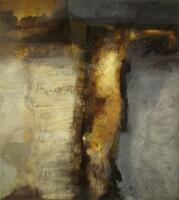
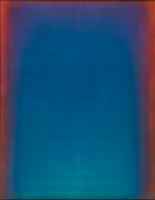

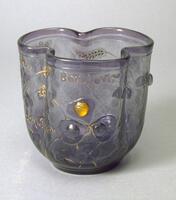
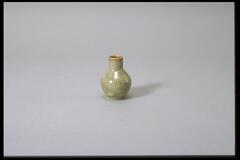
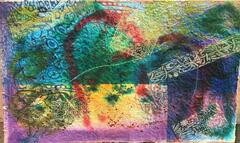
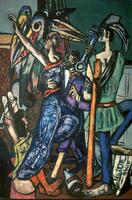
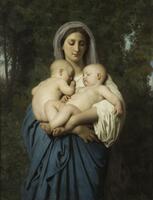

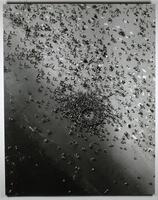

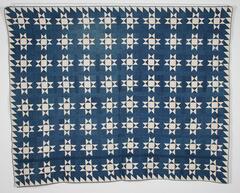
![A clear glass bubble rests on the bowl of a plain white clay pipe. Along the stem of the pipe are the words, "Ce que [sic] manque à nous tous." A clear glass bubble rests on the bowl of a plain white clay pipe. Along the stem of the pipe are the words, "Ce que [sic] manque à nous tous."](/media/W1siZiIsIjIwMjIvMDkvMjQvMmR5MHViN2o5Yl9kZWZhdWx0LmpwZyJdLFsicCIsInRodW1iIiwiMjQweDIwMCJdXQ?sha=e23a50659ff4d560)

